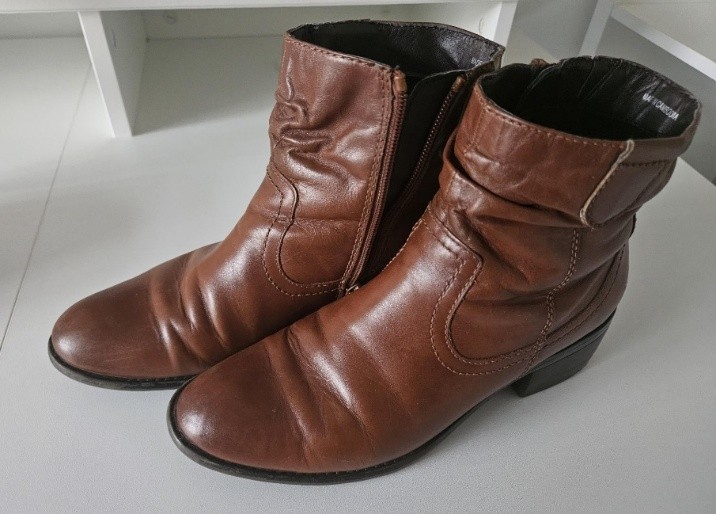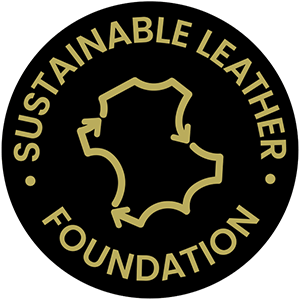Mourning My Favourite Boots
How one pair of well-travelled boots made me question footwear sustainability
“True sustainability is built to last.”
A Decade in the Making
I never thought a pair of boots would lead me to question the very definition of sustainability in footwear—but here we are.
I clearly remember my first visit to a tannery around a decade ago. I was anxious and spent far too long preparing, which, as many women will know, meant hours worrying over outfits and footwear. One of my key purchases for that trip was a pair of tan leather boots from Marks & Spencer.
Low-heeled, with a solid tread for navigating the wet-end of the tannery, they were very different from my usual high-heeled shoes, sandals, and boots.
At first, they felt alien. But for the last ten years, those boots have accompanied me to every tannery I have visited or audited, without exception. I’ve been complimented on them countless times, and like the saying goes, they became “comfortable as a pair of old boots”- because they were.

The End of the Road
Last month, they travelled with me to Nairobi for visits to two tanneries. On the way home, a security officer at the airport admired them, but I knew they needed some TLC. The heels were worn, the tread on the soles was starting to thin. The day after I returned home, I took them to my local cobbler. After a careful inspection, he told me “They can’t be repaired”. The moulded heels and soles were manufactured as a single piece, making it impossible to detach and replace either component.
I was dismayed. The beautiful leather uppers were still in excellent condition, yet the boots’ lifespan had been cut short by the very parts meant to keep them functional. As the cobbler explained, “Brands don’t want us to repair shoes anymore.”

The boots in action on a recent trip to the Savar CETP in Bangladesh in July
When Longevity is Designed Out
The irony struck hard: a durable, sustainable material like leather had been paired with components designed for obsolescence. The result? A product that, instead of lasting decades, barely made it through one.
I spent hours searching for replacements, looking for an identical pair, if possible; I even trawled the second hand sites like Ebay and Vinted. Eventually, I found a close imitation from another reputable brand, but whether they’ll offer the same comfort remains to be seen. I’ll report back after my next trip.
The bigger question is this: why are brands reducing the sustainable properties of their footwear by using heels and soles that can’t be repaired or replaced? This is more than a minor design flaw – it’s a significant failure in responsible manufacturing.
Globally, 20 million tonnes of shoe
waste are landfilled each year, and only about 20% of shoes are recycled
Globally, 20 million tonnes of shoe waste are landfilled each year, and only about 20% of shoes are recycled
A Call to the High Street
Leather is a long-lasting, repairable, and biodegradable material when processed responsibly. But when combined with components designed for disposal rather than repair, its sustainability is undermined, and consumers are short-changed.
It’s time for the high street to remember that true sustainability is built to last.
